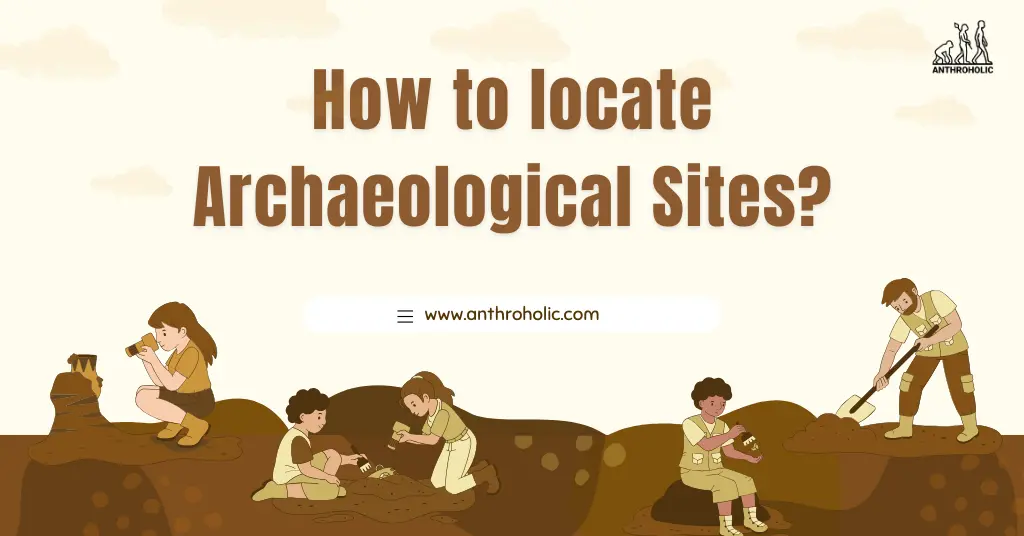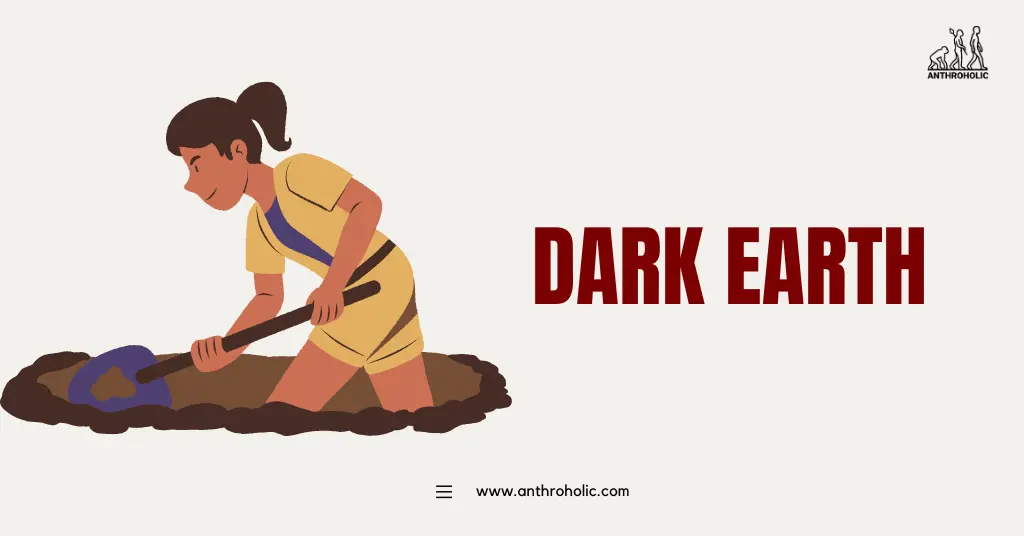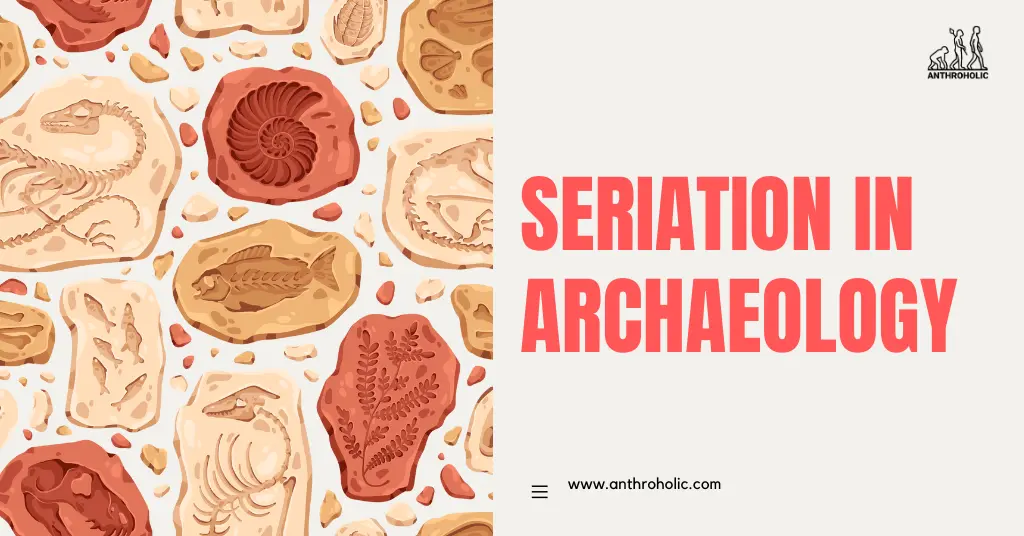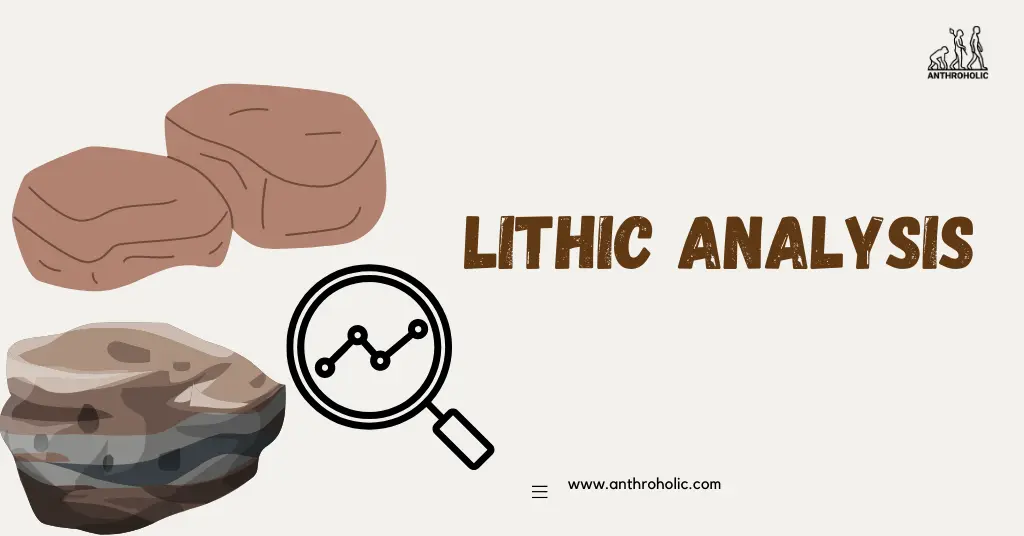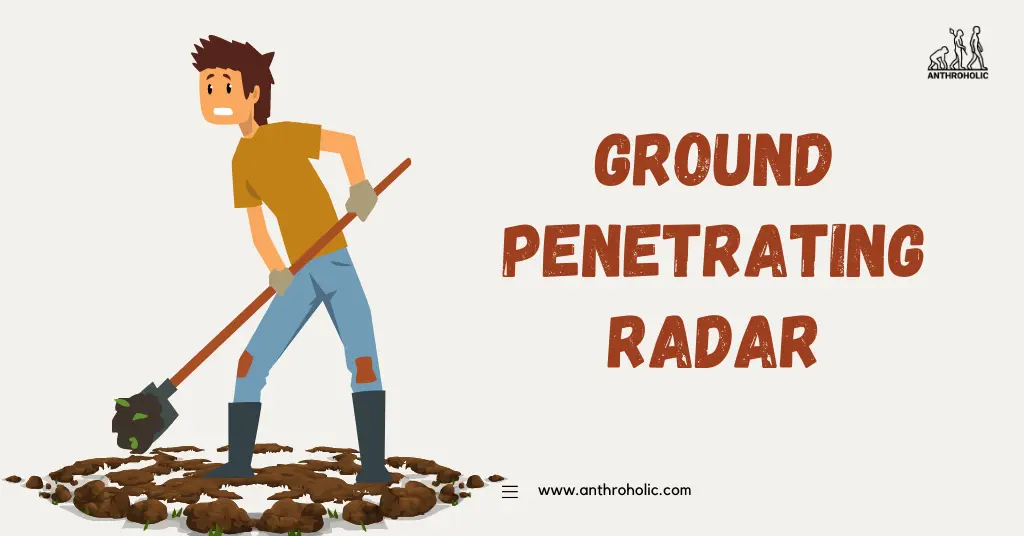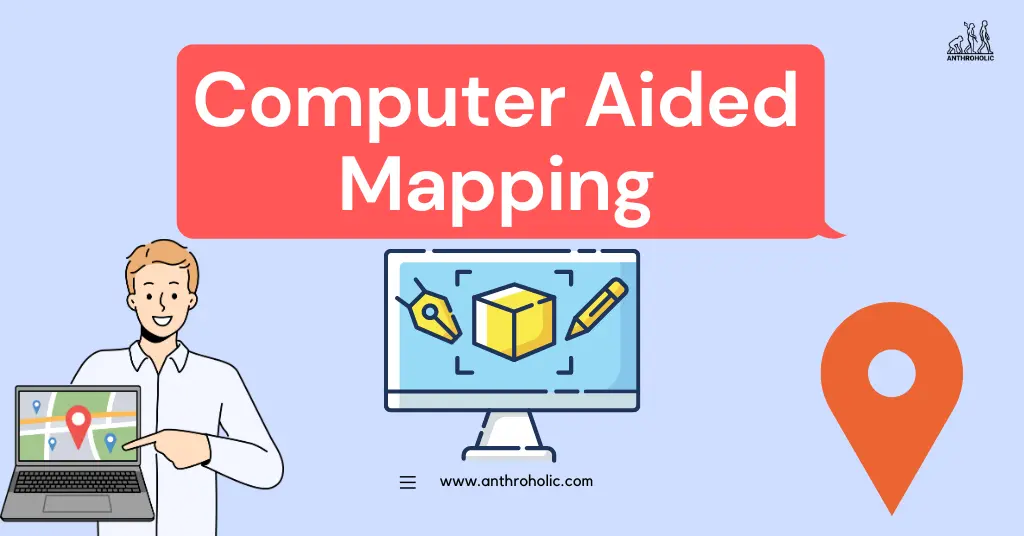AI Answer Evaluation Platform Live Now. Try Free Answer Evaluation Now
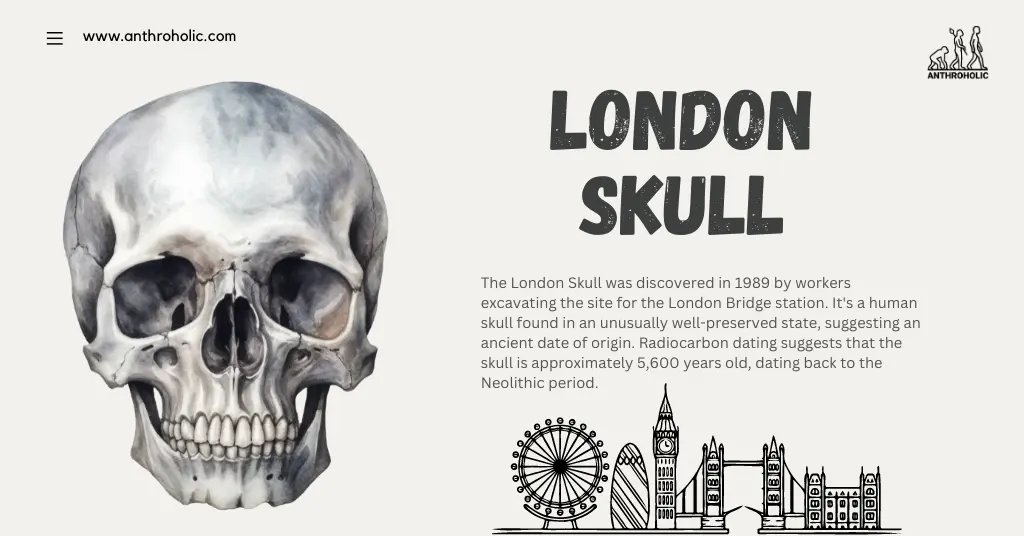
The London Skull
The London Skull was discovered in 1989 by workers excavating the site for the London Bridge station. It's a human skull found in an unusually well-preserved state, suggesting an ancient date of origin. Radiocarbon dating suggests that the skull is approximately 5,600 years old, dating back to the Neolithic period.
